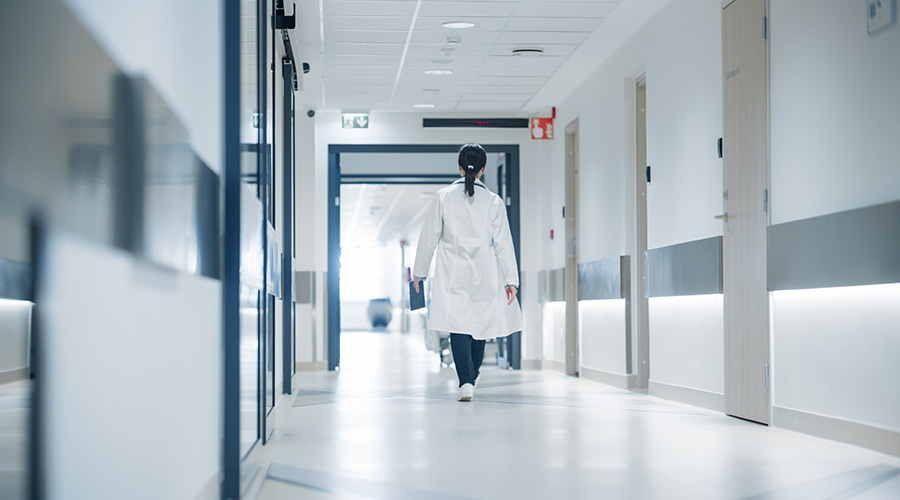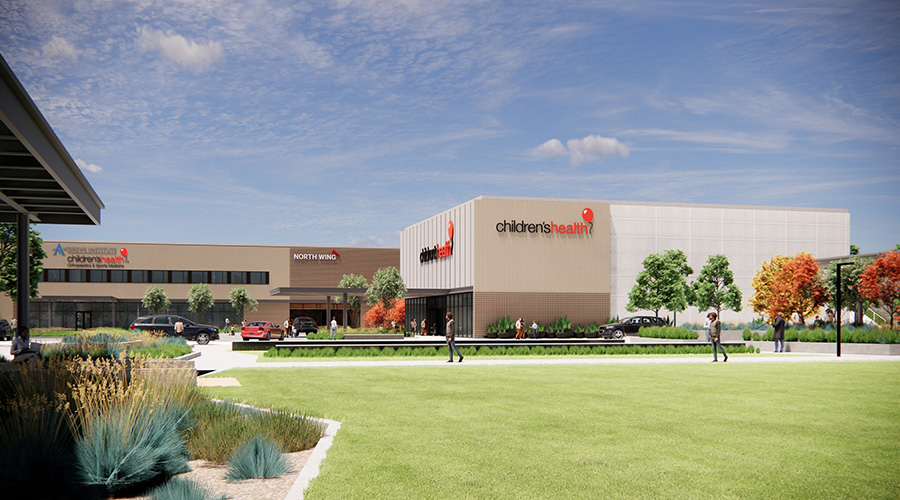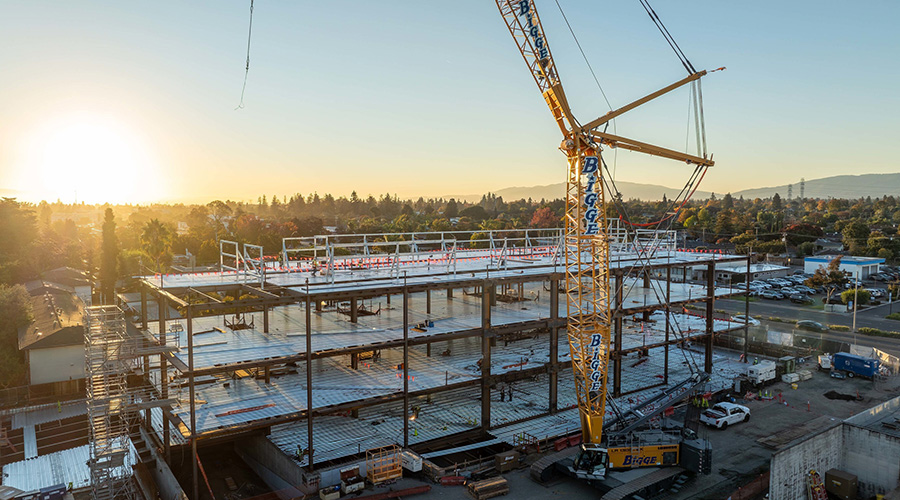The Affordable Care Act (ACA) has affected most areas of healthcare, including the design of new healthcare facilities. New regulations under the act make it necessary for design teams to consider three main elements: efficiency, safety and technology — whether designing a new building or upgrading an existing one.
Improving efficiency to maximize budgetary spending
In the 2014 Health Facility Design Survey, design efficiency was a recurring theme. In fact, 91 percent of respondents indicated that enhanced operational efficiency was their top priority for new facilities.
This fact is not surprising in light of the Affordable Care Act and ongoing budgetary cuts. Healthcare facilities have more responsibilities under these recent changes, both to provide quality care and to properly record and report that care (and with less money to do it with). As a result, designs that encourage productivity are paramount to facility success.
Better safety to improve patient outcomes
Safety is the second most important factor in healthcare design, according to the survey. Safety is a two-fold problem. First, facilities must consider ways to protect their patients and workers, who both have the right to expect a safe experience when visiting the facility. The rise in "super bugs" and worldwide health risks, like Ebola, have added to this need.
Improving construction to reduce tripping hazards, adding hand sanitizing stations throughout facilities, and improving accessibility of rooms and waiting areas all combine to make facilities safer for patients.
Yet safety extends beyond the patient. The records that hospitals and healthcare facilities must maintain for patients needs to be secure. HIPAA regulations require that these records be kept private, and healthcare professionals have an obligation to guard them from other risks, such as fire damage.
One solution to this problem is off-site storage. With a storage facility designed for medical record keeping that has the necessary precautions in place to protect HIPAA security, healthcare facilities can move forward with confidence, knowing that record copies have been safely stored off-site. Should something happen to the facility, each patient's records are still in tact.
On-site storage can also be improved to maximize safety. Electronic file solutions using keypad or ID swiping security protocols can help to ensure medical professionals enter secured information. A combination of on-site digital storage and off-site backup file storage can protect records and assist facilities in remaining compliant.
An increased focus on technology
Finally, the design of modern healthcare facilities has an increasing need to incorporate technology into the very design itself. In the survey, 72 percent of respondents indicated technological advances were a concern — while 65 percent indicated investments in technology impacted their design plans.
With electronic record keeping becoming the norm due to ACA legislation and field changes, modern facilities need to adapt. Design changes such as adding infrastructure to rooms to allow handheld devices to assist at the point of care, larger operating rooms for the addition of technology, including robotic equipment, and spaces for doctors and nurses to provide services to patients off site through telehealth services are all being incorporated into the newest designs.
With technology becoming such an invasive feature in modern healthcare, the next five years may mark the first time that building designs reflect the changes in technology. This is already seen with docking stations for laptops and tablets being built into exam rooms — more changes will likely occur.
Interestingly, all three of these priorities are tied together. Technology comes into play in improving safety, both by improving patient outcomes and providing a way for healthcare facilities to safely store records. Safe storage utilizing technology can help improve the organization of record keeping, and a facility that runs well has better patient outcomes and experiences. By keeping these three priorities in mind, the modern healthcare facility designer can create a plan that is poised for success now and in the future.
Denny Hammack is the president of Patterson Pope.

 Spaces That Support: Patient-Centered Design for Modern Reproductive Health
Spaces That Support: Patient-Centered Design for Modern Reproductive Health Modernization of Buildings Require Collaboration Across All Disciplines
Modernization of Buildings Require Collaboration Across All Disciplines Children's Health Announces Plans for RedBird Specialty Center in Texas
Children's Health Announces Plans for RedBird Specialty Center in Texas How Can Healthcare Facilities Use Efficiency to Drive Climate and Health Goals?
How Can Healthcare Facilities Use Efficiency to Drive Climate and Health Goals? El Camino Health Rehabilitation Hospital Officially Tops Out
El Camino Health Rehabilitation Hospital Officially Tops Out